About the Artist
Peter Ross is a banjo maker, researcher, and musician who lives in Baltimore, Maryland. Mr. Ross is one of earliest contemporary makers of gourd banjos, ranging from those of his own design to exact replicas of historic instruments. His reconstructions of eighteenth- and early nineteenth-century banjos have been featured internationally in museums, art galleries, movies, documentaries, and live performances. Mr. Ross holds a Bachelor's of Fine Arts from the school of Visual Arts (SVA) in New York City, where his senior thesis focused on reconstructions of the New World banjo, and on the banjo's place in the broader American culture. Shortly after graduating from SVA in 1994, a large part of this thesis work was exhibited at CBs Gallery, The Bowery. In l994, Scott Didlake, a master early-banjo builder living in Jackson, Mississippi, offered Mr. Ross an apprenticeship to study with him. After Scott's death, Mr. Ross returned to his home state of Maryland, where he has continued the research needed to authentically recreate the banjo in its earliest New World form. His banjos have been exhibited in the Museum of Musical Instruments, Brussells, Belgium; Musical Instrument Museum, Phoenix, Arizona; Colonial Williamsburg Foundation, Williamsburg, Virginia; George Washington Historical Birthplace National Park, Colonial Beach, Virginia; Appomattox State Courthouse National Park, Appomattox, Virginia; Mercer Museum, Pennsylvania; Hines History Center, Pittsburgh, Pennsylvania, National Museum of African American Music, Nashville, Tennessee; (forthcoming) Lefferts Historic House, Brooklyn, New York; and the Crooked Trail Road, Galax, Virginia. In 2010 he received a Maryland state Arts Council Apprenticeship award to study techniques of late l9th-century banjo construction with master luthier, Kevin Enoch. Mr. Ross's latest instruments are inspired by the 1890s- 1910s "classic-era" banjos but made for the contemporary Old-Time music setting. They feature intricate mother-of-pearl inlays, engravings, hardwood necks, ebony fìngerboards. In 2014, Mr. Ross co-curated "Making Music: The Banjo in Baltimore and Beyond" with Greg Adams and Robert Winans. The exhibit at the Baltimore Museum of Industry explored the mid-to -late nineteenth century Baltimore banjo maker William E. Boucher, Jr. and the transfotmation of the banjo to a commercial procluct. Mr. Ross has lectured on banjo history and taught banjo construction and performance at the Baltimore civil War Museum; Augusta Heritage Workshops; The National Folk Festival; The Black Banjo Gathering; and elsewhere. He was profiled on the Baltimore Nation Public Radio station WYPR rnultiple times for The Signal; in the Baltimore City Paper; Baltimore Magazine; and the Fretboard Journal.Featured Work
Photos
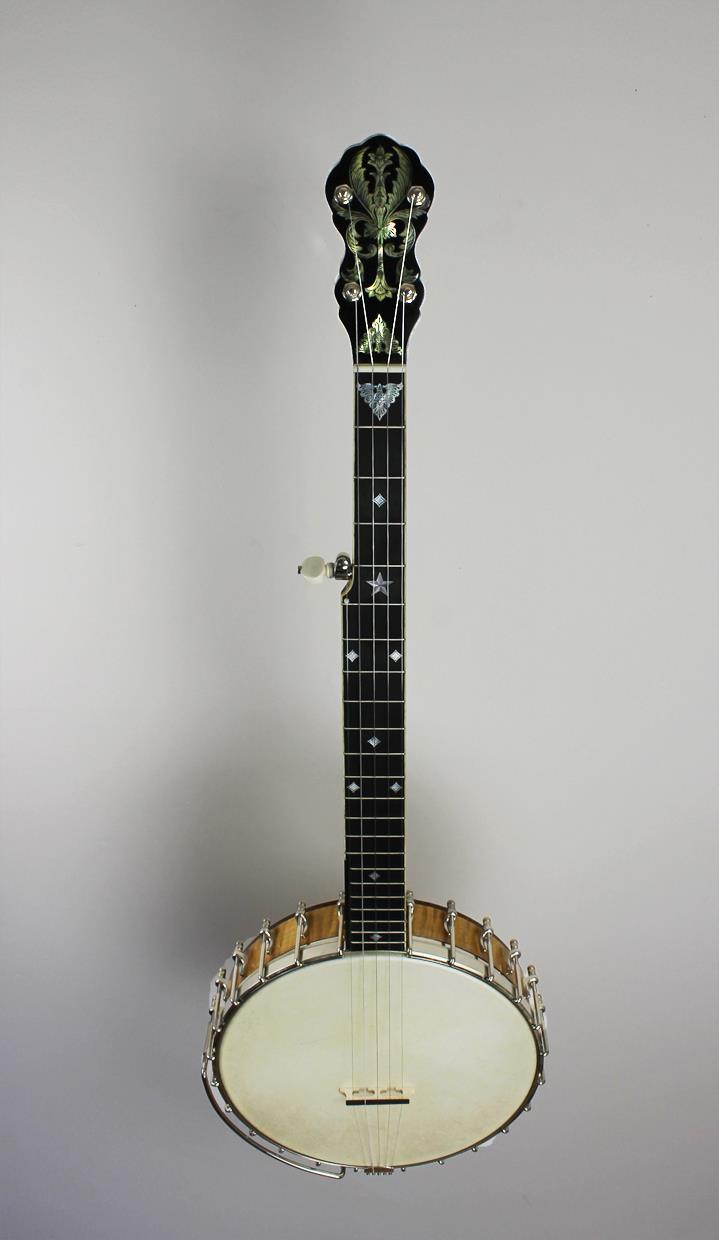
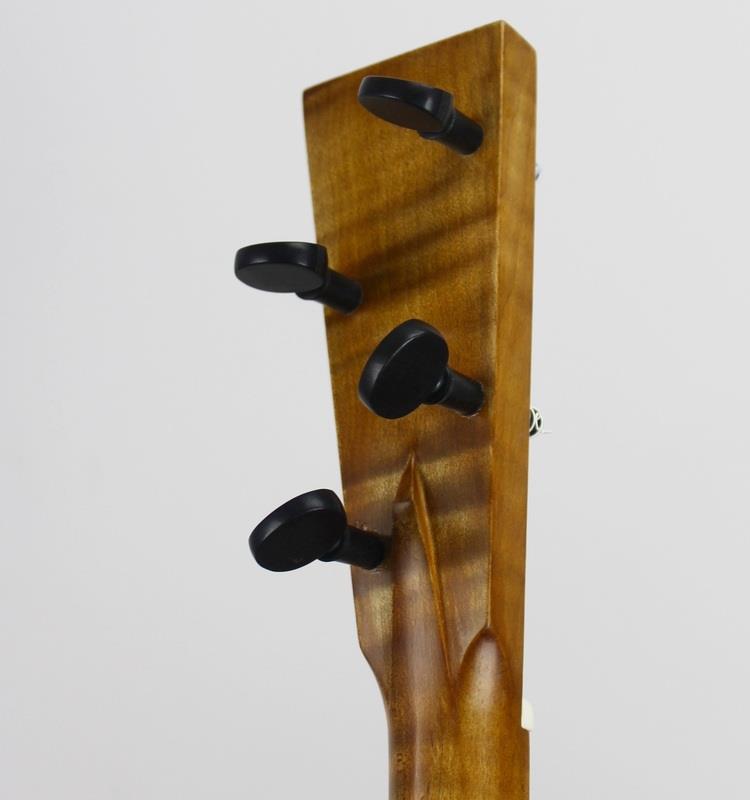
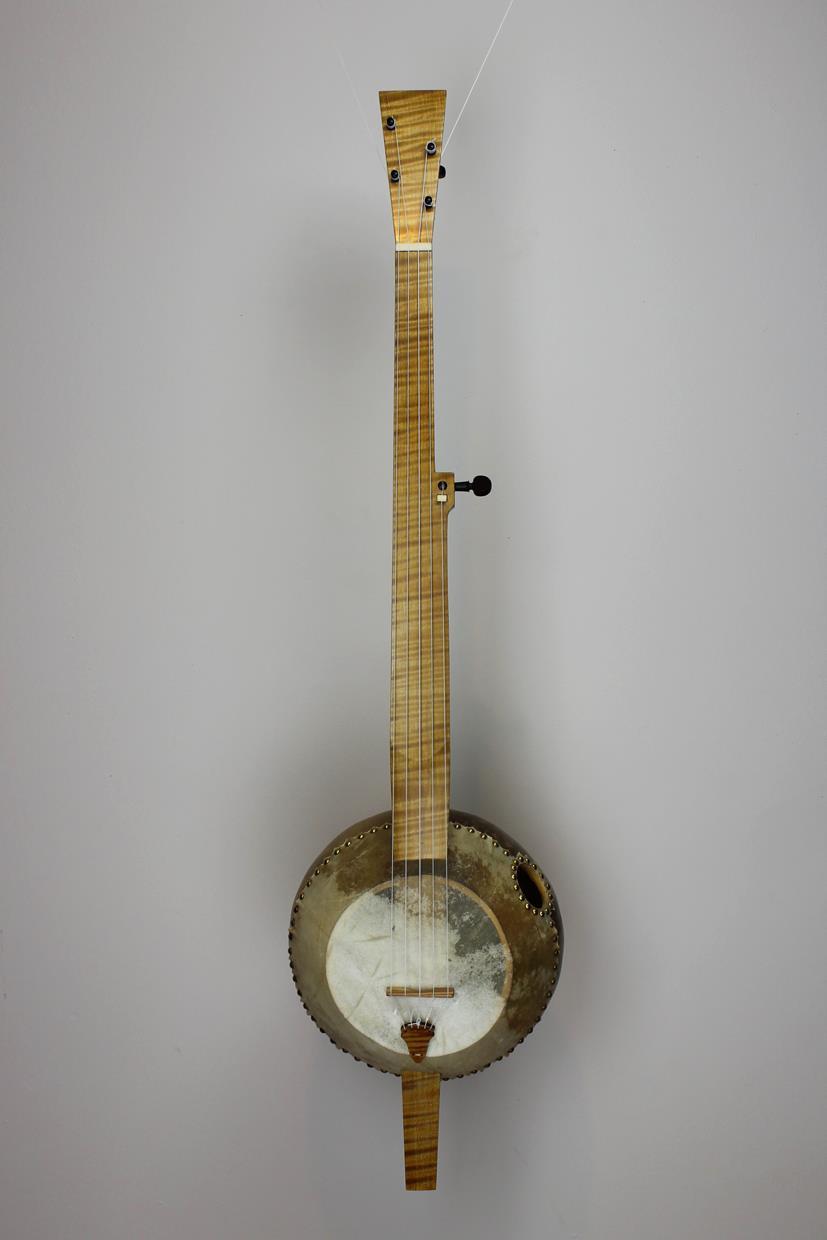

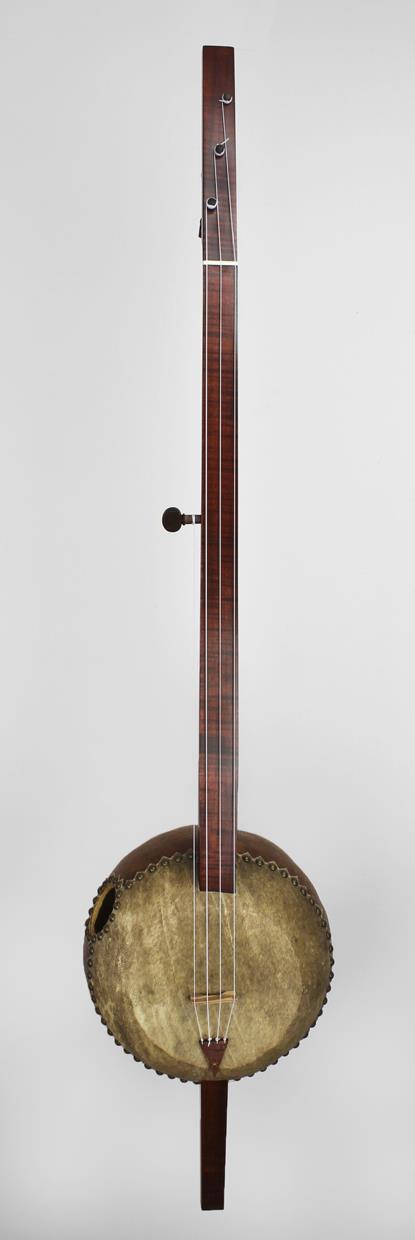
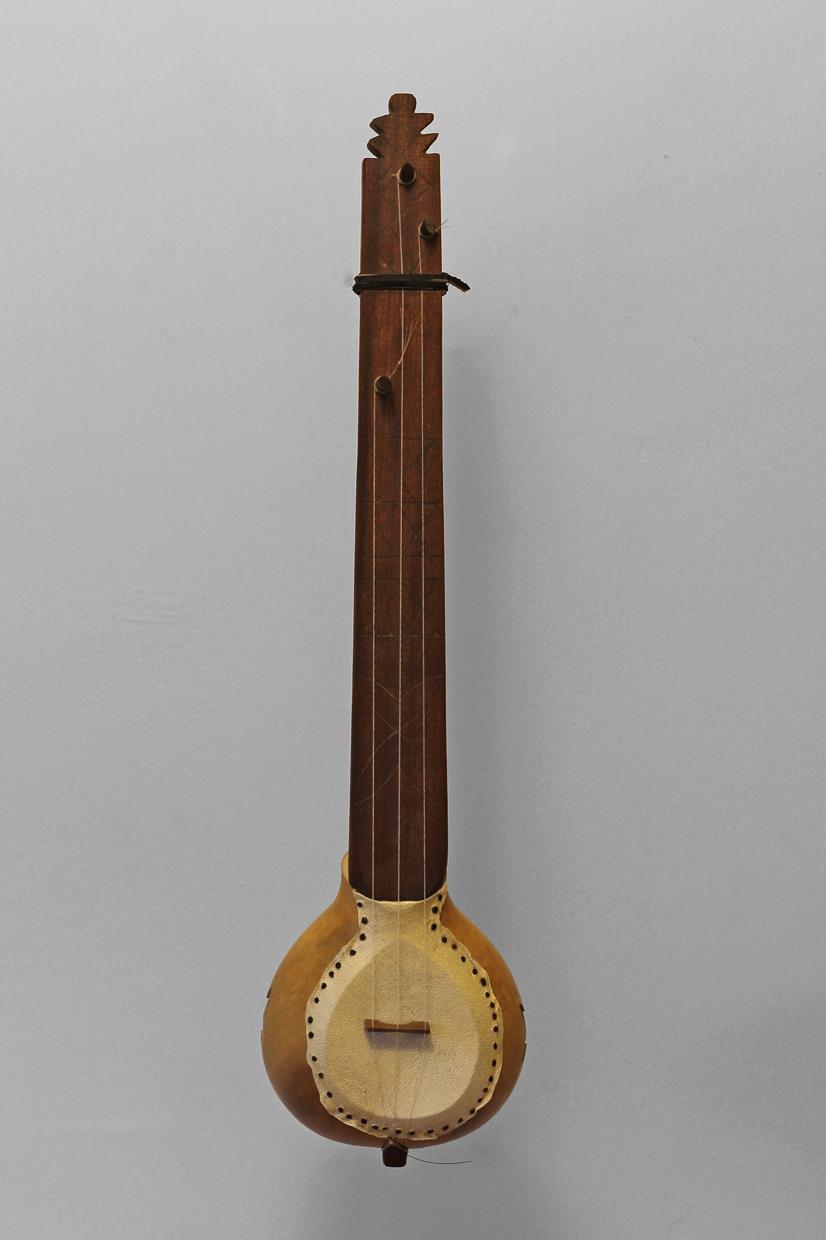
Featured Work: Photos
Victorian Banjo
Curly maple, ebony, bone, mother of pearl, calfskin, assorted metal parts
Jun 2016
Multiple pieces of maple, ebony and assorted thin veneers are glued up and, once dry, cut into the form of a neck. This neck is fit to the steam bent wooden rim.
Contemporary Gourd Banjo 2
Figured maple, bone, gourd, goat skin, tacks
Mar 2016
Neck cut from raw maple, stained, finished and fit to gourd. Gourd cut open, cleaned out and prepared for goat-skin soundboard. Goatskin soaked and stretched over opening in gourd. Strings stretched from handmade tailpiece, over hand made bridge and nut, then to tuning pegs.
Contemporary Gourd Banjo 2
Figured maple, bone, gourd, goat skin, tacks
Mar 2016
Neck cut from raw maple, stained, finished and fit to gourd. Gourd cut open, cleaned out and prepared for goat-skin soundboard. Goatskin soaked and stretched over opening in gourd. Strings stretched from handmade tailpiece, over handmade bridge and nut then to tuning pegs.
Contemporary Gourd Banjo 1
Curly maple, rosewood, gourd, goatskin, tacks
May 2017
Neck cut from raw maple, stained, finished and fit to gourd. Gourd cut open, cleaned out and prepared for goat-skin soundboard. Goatskin soaked and stretched over opening in gourd. Strings stretched from handmade tailpiece, over bridge, nut and to tuni
Contemporary Gourd Banjo 1
Curly maple, rosewood, gourd, goatskin, tacks
May 2017
Neck cut from raw maple, stained, finished and fit to gourd. Gourd cut open, cleaned out and prepared for goat-skin soundboard. Goatskin soaked and stretched over opening in gourd. Strings stretched from handmade tailpiece, over bridge, nut and to tuning pegs-all handmade.
Strum Strump: Recreation of an 18th Century Banjo
Mahogany, ironwood, gourd, goatskin, horsehair.
May 2017
Based on historical research-image and written descriptions.Parts made entirely from scratch, cut, shaped and fit using hand tools and techniques available in the 17th century. Goat skin soaked, stretched over opening in gourd, and affixed with hand cut wooden tacks. Strings woven from horsehair.

